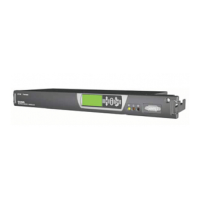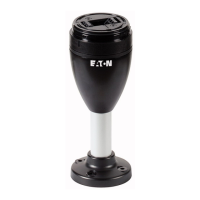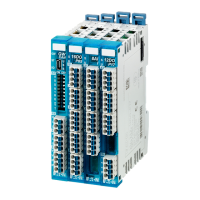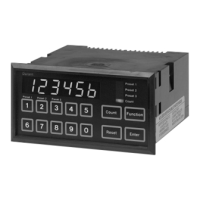System Operation
Copyright © 2007-2011 Eaton Corporation. All Rights Reserved.
IPN 997-00012-50H November 2011
Type the name of the input.
The number of the I/O board (or SiteSure-3G module if connected). Do not
change.
The number of the DI on the I/O board (or SiteSure-3G module if connected).
Do not change.
Select the state of the input that will activate the DI.
Set to 0 unless using Groups in PowerManagerII. See PowerManagerII online
help for details.
Digital Input Alarms
Any digital input that is Enabled in the Digital Inputs table can activate an alarm.
Configure the following parameters in the Digital Input Alarms table to suit the application.
To change a setting, double-click and select from drop down list or edit the text.
Set to the required alarm priority. This determines how the alarm is indicated.
See details on page 44.
If set to Disabled then the alarm will not activate.
The alarm will activate only after the digital input is active for this period.
Deactivation
Recognition Period
The alarm will deactivate only after the digital input is inactive for this period.
If required, select a relay that will be operated when the alarm is active.
If required, select a second relay that will be operated when the alarm is active.
An SNMP Trap will be sent for this alarm, if Send Trap is True and the alarm's
Severity matches the setting of the SNMP Trap Level (see details on page 86).
Type any required description. When the alarm is active the text will be
displayed on the SC200 and included in the SNMP trap (if used).
Digital Outputs
The input/output (I/O) board is fitted with a number of digital outputs (relays) which can
control external equipment or alarm systems. See Input/Output Board on page 2 for details.
Digital outputs are operated by a mapping from a digital input alarm (see details on page 74),
an analog input high or low alarm (see details on page 71), or a system alarm (see details on
page 43).
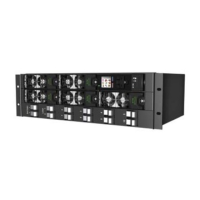
